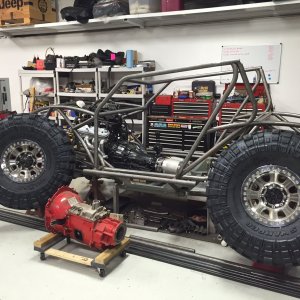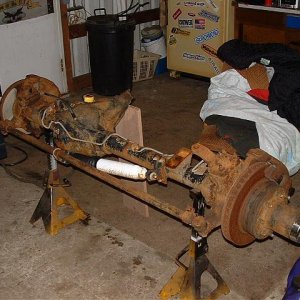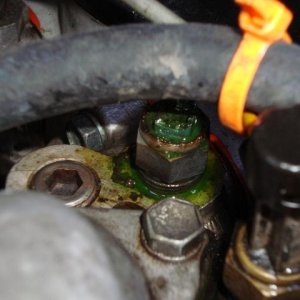fl-krawler
Well-Known Member
- Joined
- Aug 27, 2009
- Messages
- 525
All of these are street legal and are/were driven regularly on the street.



I've done the builders title in the past, and it is a complete pain in the ass. Lately I have been going the route of making the buggies look like a vehicle (jeep, toyota, etc) and then finding a rotted version of that vehicle to "donate" its VIN and title as the buggy is the end product of rebuilding that vehicle. You have the buggy inspected by law enforcement (to make sure it doesn't have any pre-existing VIN's) they sign off on the affidavit, and you go to the tag office where your newly "rebuilt" vehicle gets issued a new VIN hassle free with no inspection.



I've done the builders title in the past, and it is a complete pain in the ass. Lately I have been going the route of making the buggies look like a vehicle (jeep, toyota, etc) and then finding a rotted version of that vehicle to "donate" its VIN and title as the buggy is the end product of rebuilding that vehicle. You have the buggy inspected by law enforcement (to make sure it doesn't have any pre-existing VIN's) they sign off on the affidavit, and you go to the tag office where your newly "rebuilt" vehicle gets issued a new VIN hassle free with no inspection.


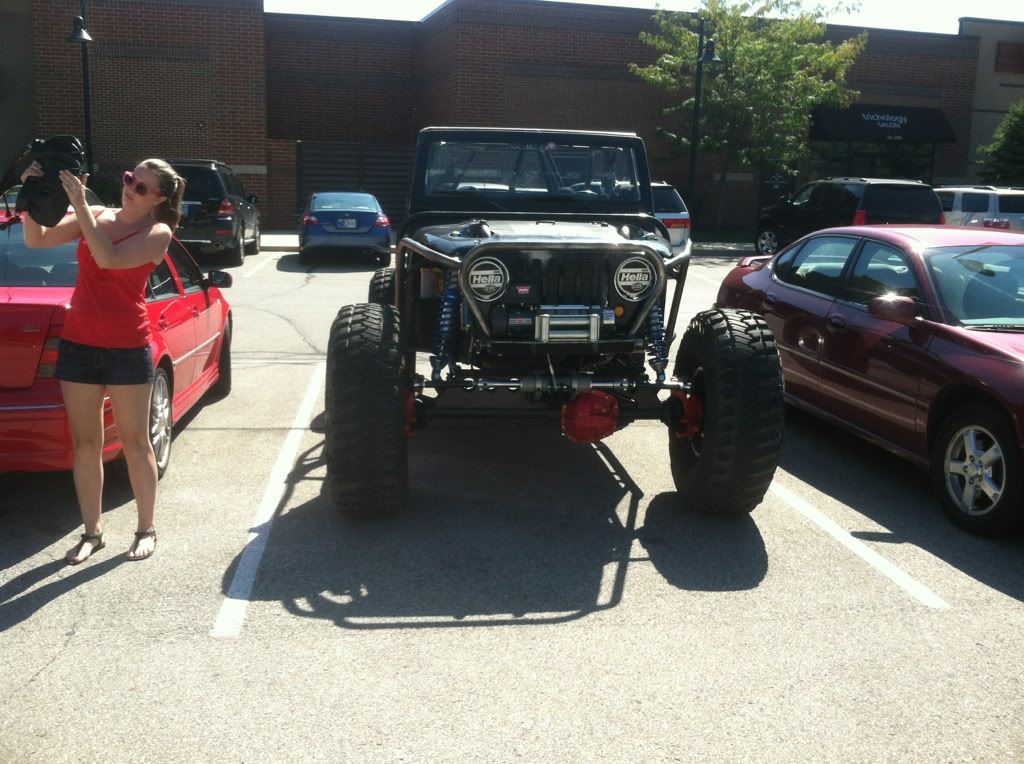
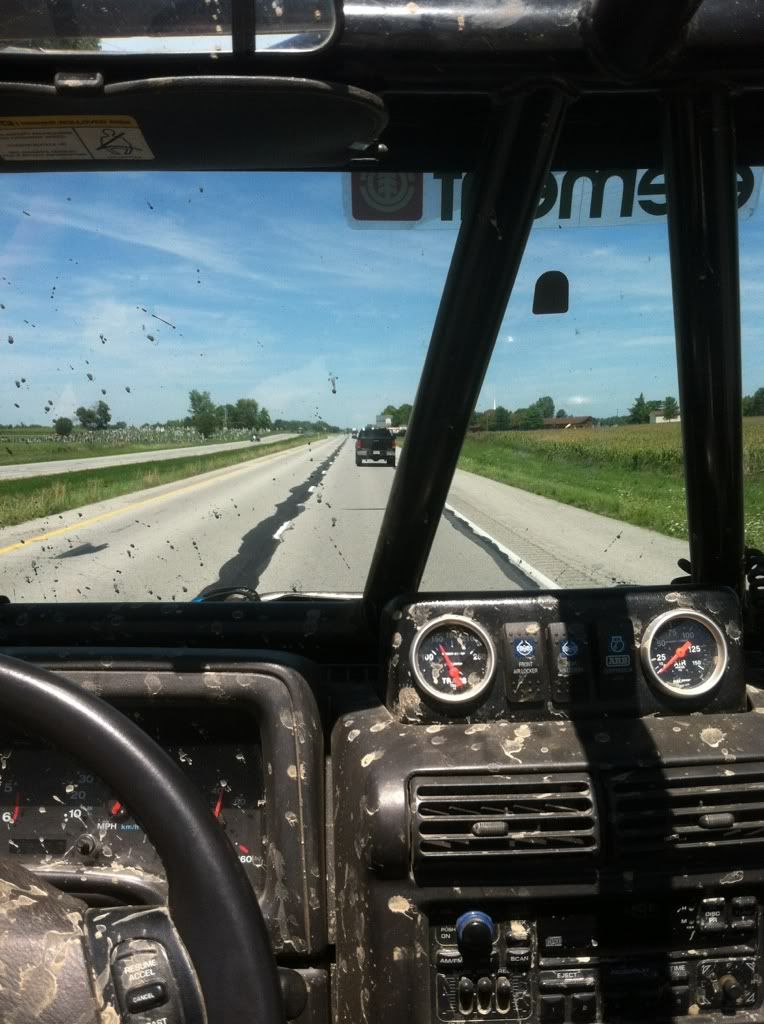
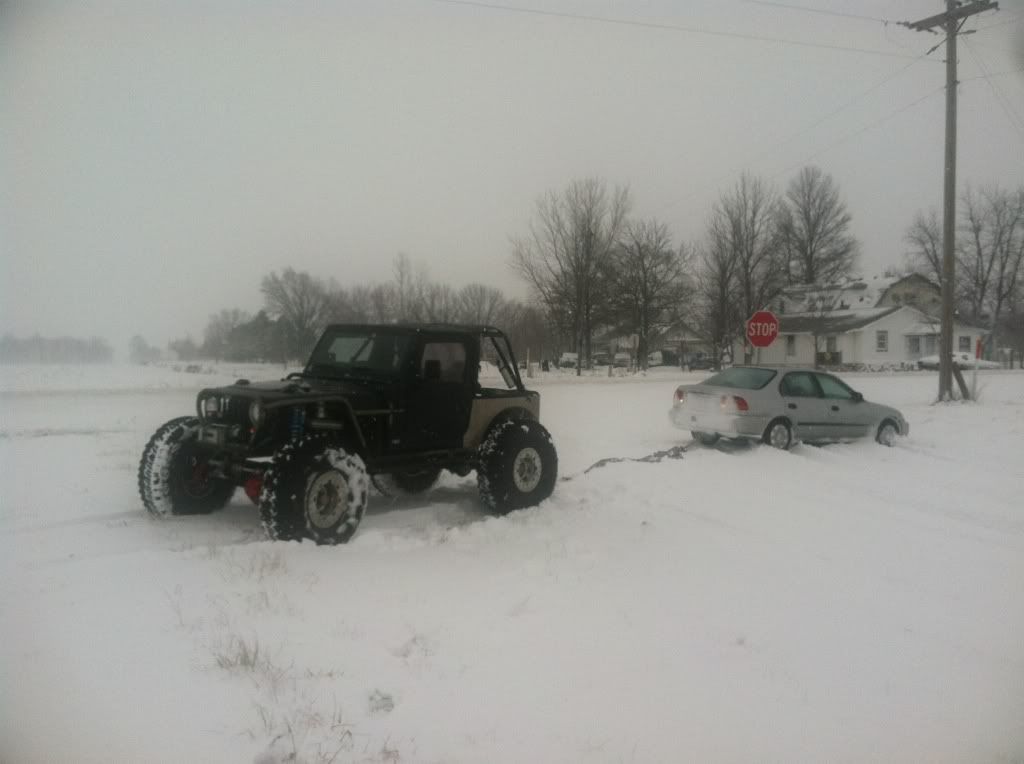






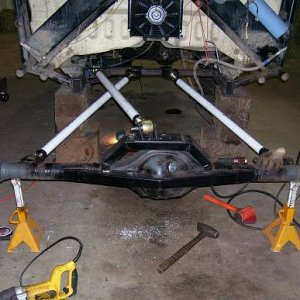

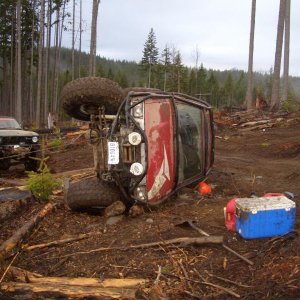
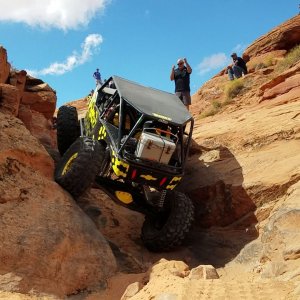
![mms_picture[2].jpg](http://attachments.www.hardlinecrawlers.com/xfmg/thumbnail/0/184-42e2664a0b0150ed2eadff6a100adad9.jpg?1625928071)
